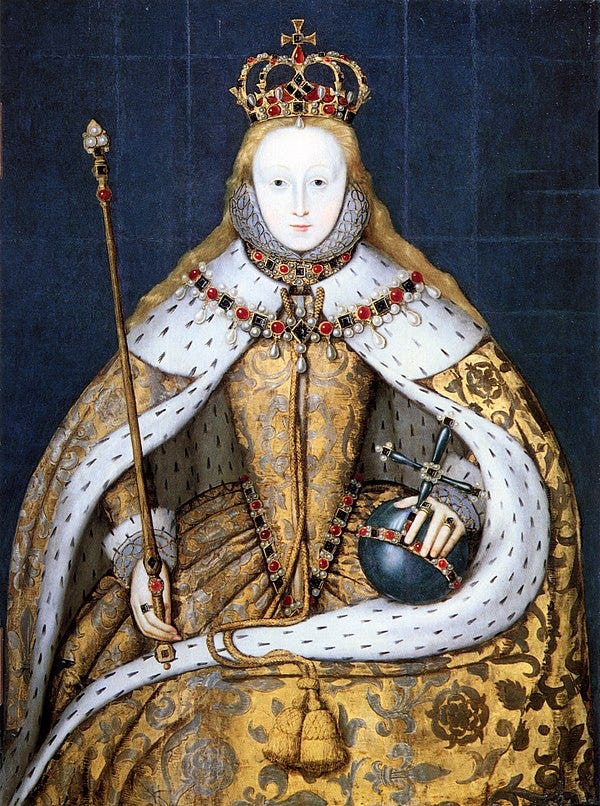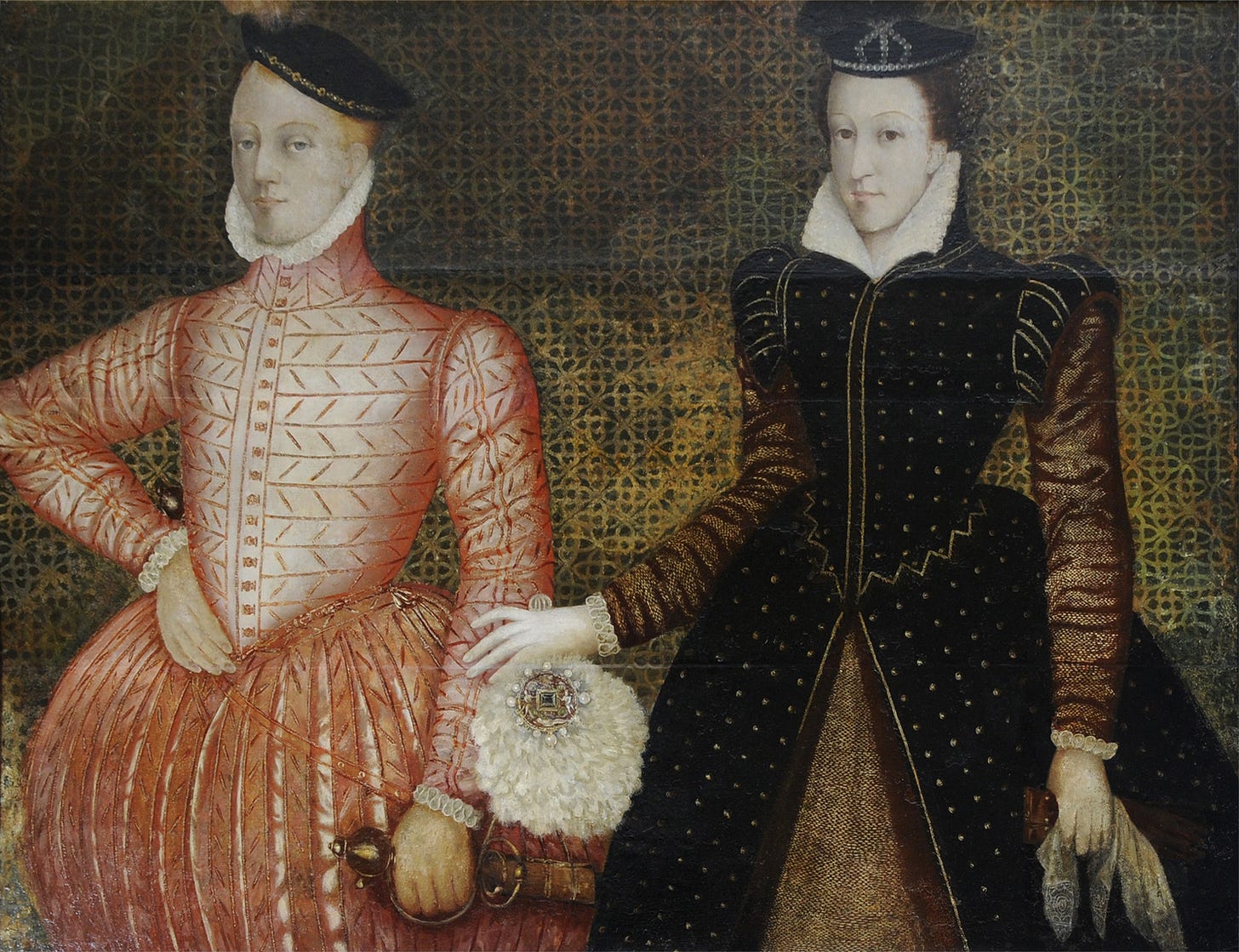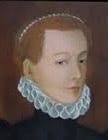Mary, Queen of Scots was naive. She started a Cumbrian rebellion. It sealed her doom
Deposed and accused of murder, the beautiful but politically inept monarch fled to Workington in a fishing boat. Her behaviour at Carlisle Castle determined her fate.
From the moment the alluring, intelligent and spirited Mary Queen of Scots rode into Carlisle Castle in a horse-drawn litter in May 1568, the north of England was almost bound to rise in rebellion.
As the deposed Catholic monarch entered a strange state of semi-captivity in the brutal red sandstone fortress, her very presence galvanised the Cumberland gentry. Within a year, they launched the greatest internal challenge Elizabeth I ever faced to her right to rule.
In the five years since the English queen had come to the throne, her northern enemies had not proved themselves brave or decisive as Elizabeth began dismissing Catholics from all jobs with power.
But the sudden appearance of the eloquent, charming and vengeful Scottish queen turned the heads of susceptible Cumbrian gentlemen. The northern Catholic establishment flocked to the castle to hear her impassioned recitation of all the wrongs she claimed to have suffered.
Mary had earned the contempt of her Scottish subjects. She had apparently colluded in the murder of her husband Darnley. But at Carlisle, she basked in the adulation of an English gentry desperate for leadership.
Elizabeth had no idea at first how to handle her embarrassing visitor. She set no restrictions initially on Mary’s letter-writing or on who could visit her. The notoriously mean monarch forked out £56 a week (worth about £130,000 in 2022) to lay on food and drink for Mary’s Carlisle court-in-exile. She did this to reassure her Scottish guest that her royal status was respected.
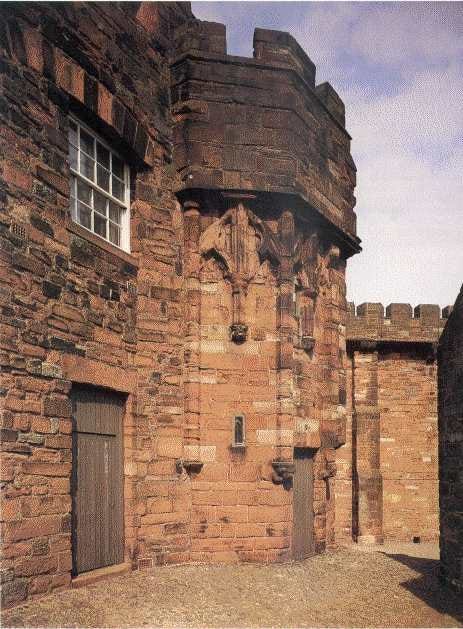
Convinced by this munificence that all was well, Mary deployed all her arts of fascination to rally support for retaking her Scottish crown. She deployed her considerable beauty along with the style and elegance she learned in Paris. She had been married to Francis II, who was the French king for a year before he died.
Unfortunately, Mary failed to see that stirring up the northern Catholic gentry was the worst way to secure the help she needed from the profoundly insecure Elizabeth, who was preternaturally suspicious about plots among those very people. To Elizabeth’s chief adviser, the cunning, ruthless and rather scary William Cecil, Lord Burghley, Mary’s arrival in England was an unlooked-for opportunity to finish off the woman he always regarded as the greatest danger to his mistress.
Historians have tended to portray the rebellion in the north as a purely aristocratic protest played out on the national stage. But the largely Catholic north was a political tinder box before Mary’s sudden arrival. The day-to-day grievances of ordinary Cumbrians played a much bigger role than has been acknowledged. This is a key reason why the rebel nobles struggled to stop the revolt going off in the wrong way and at the wrong time.
One crucial factor fuelling the unrest was the sense of feudal solidarity that persisted between the classes in the north long after it had decayed in the relatively peaceful south. It is difficult to understand now, but the Cumbrian gentry, tradesmen and even to some extent labouring poor looked to the nobility for leadership.
At the head of those nobles was the powerful but slightly dim local landowner Thomas Percy, the Earl of Northumberland. He kept a rent office on Main Street in Cockermouth, now known as Percy House Gallery. This class deference existed partly because collective action was habitual and instinctive in an area where people lived with the constant menace of Scottish attacks.
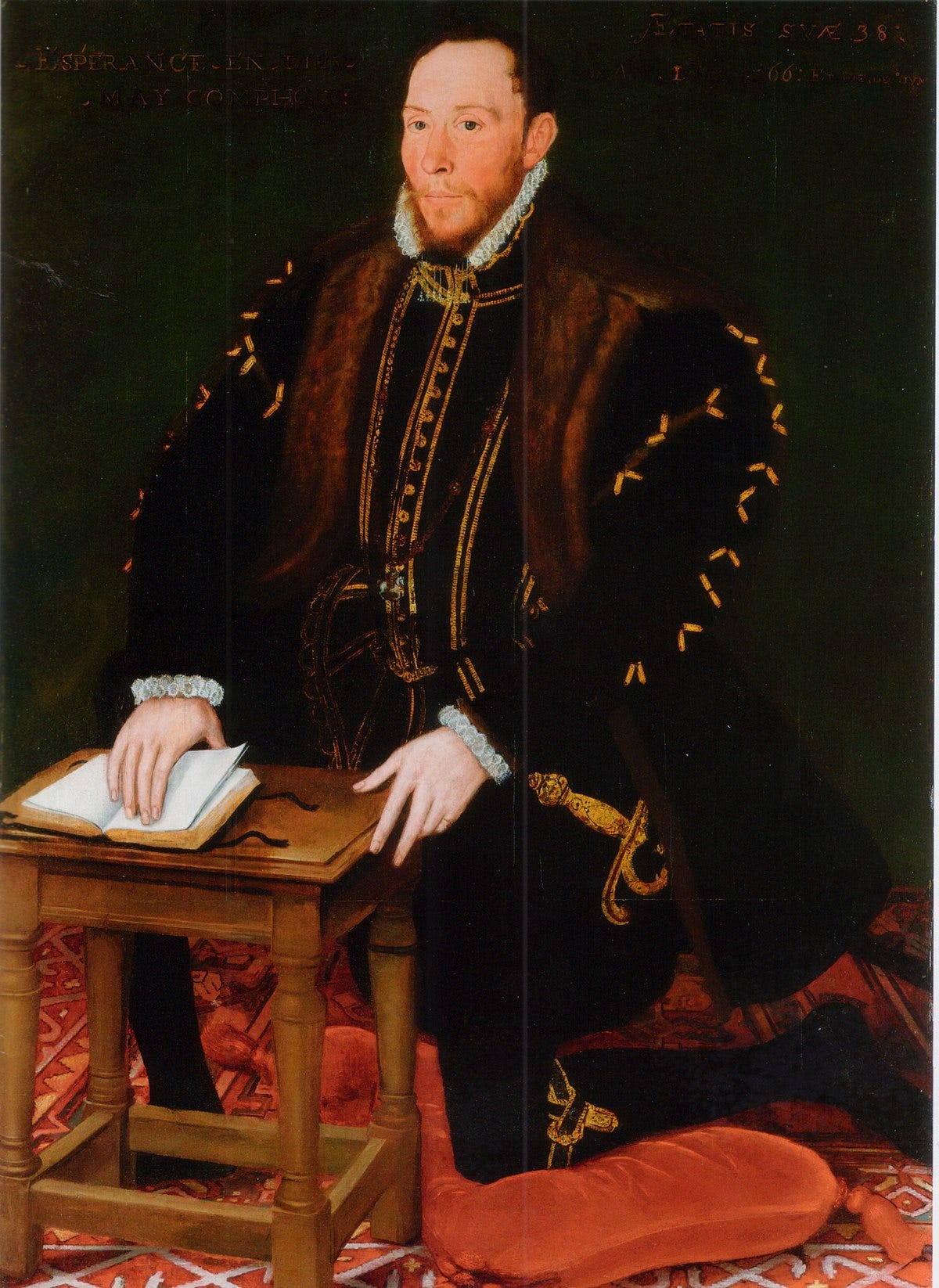
Another factor that unified the discontented was the worsening economy. Under Elizabeth, food prices in Cumberland leaped seventy-five per cent while farm wages fell. When the rebellion was over, Elizabeth’s officials published a list of miscreants that were punished. It gives a good insight into why the rising happened.
It shows that the troubles were supported by all classes - from independent statesmen farmers and tradesmen to barbers, glovers, wheelwrights, village constables, bailiffs and labourers. The protesters demanded the restoration of the Catholic religion of their ancestors, the removal of evil counsellors such as Burghley, and the release of the Scottish Queen from her unjust imprisonment.
Mary could not have been unaware that these explosive local discontents existed. In fact, she appears to have exploited them to build her own support. This is why Mary’s behaviour in stirring Elizabeth’s Catholic enemies up was so odd. She desperately needed the English queen’s help, yet she was seemingly happy to undermine her.
The difficult physical circumstances in which Mary was being kept in the castle also won the Scottish exile sympathy among Cumbrian Catholics. Even Sir Francis Knollys, the tough Puritan 55-year-old Vice-Chamberlain who Elizabeth sent north to be Mary’s jailer, fell somewhat in love with his charismatic captive.
He admitted the accommodation was far from luxurious. The Scottish queen had been pampered all her life. She had always been surrounded by ladies of the highest rank. But now she was forced to make do with only two, and these, Knollys admitted, “were not of the finest sort”.
She was housed in the south-east corner of Carlisle castle, part of the inner ward known as Warden's Tower. This was an accommodation block built by Edward I in the 13th Century.
Edward’s second wife, Queen Margaret, had a bath installed there, an extraordinary luxury in the Middle Ages. So, Mary lived in much more sumptuous surroundings than most of Elizabeth’s subjects. In comparison to the prisons that awaited her, Carlisle was luxurious.
Mary had arrived at Carlisle with no horses and she complained that she missed the exercise of riding. But when the slightly besotted Knollys lent her a mount to go hare coursing Mary ranged so widely that the experiment was not repeated.
Only three or four of Mary’s gentlemen were allowed to sleep within the precincts of the castle. The rest of her total staff of forty, including her cooks and scullions, had to leave at sunset and bed down in the town.
Heavy iron grilles barred her windows and, if she went out, she was accompanied by a hundred armed guards. She was permitted to promenade with her retinue on the grass outside the castle walls along what came to be known as The Lady's Walk.
Some of her old staff from Scotland arrived to join her and she was allowed to cheer her male courtiers as they played football on a nearby green.
Mary Seton, a meek lady-in-waiting who came from one of the grandest Scottish families, was another welcome arrival. She was an expert hairdresser. Mary had cut off all her lustrous auburn hair as a precaution against detection when she fled from Scotland. The stubble never grew again so that she was dependent on wigs and false-pieces for the rest of her life.
Knollys marvelled at Seton’s skill in disguising Mary’s baldness: “yesterday and today she did set such a curled hair upon the Queen that it was like to be a periwig that showed very delicately,” he wrote. Mary’s clothes remained a problem. In her paranoia and jealousy, the queen sent her gifts of such mean quality - a few pieces of black velvet and old dresses - that Knollys had to pretend they were intended for Mary’s servants.
The ambitious Earl Moray, Mary’s treacherous half-brother who became Scottish regent after her abdication, was equally unhelpful. He sent a few cloaks and only one serviceable taffeta dress. He did not want to see Mary restored to the throne on any terms. After Mary’s performance in Carlisle, his wish was to be granted.
Mary’s most astonishing move was to encourage Northumberland in his antipathy to Elizabeth. The Scottish fugitive sent many rings and tokens of loyalty to the Earl’s deeply devout wife Ann. In turn, she pushed her sincere but doltish husband to perform increasingly illegal actions on Mary’s behalf.
When the Northern Rebellion finally erupted in the autumn of 1569, with the dithering Northumberland at its head, it was the first and most serious blow delivered by the English Catholics against Elizabeth’s still fragile reign.
But Mary’s intrigue backfired. The net result of the uprising was to strengthen, not weaken, Elizabeth. Mary made a fatal misjudgement when she launched her campaign in Carlisle because she could not be certain that the revolt that followed would succeed.
—-
This is a short extract from a new book called Secrets of the Lost Kingdom.
Find out more about Mary in Carlisle by buying the book at The New Bookshop, Main Street, Cockermouth, at the Moon & Sixpence cafe in Cockermouth and Keswick, Bookends in Keswick and Carlisle, and Sam Read in Grasmere.
You can also order by post instantly here:
https://www.bookscumbria.com/product/cumbrian-books/history/secrets-of-the-lost-kingdom/





